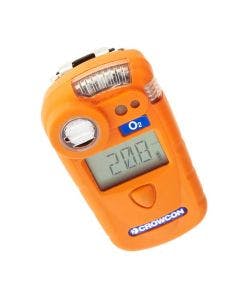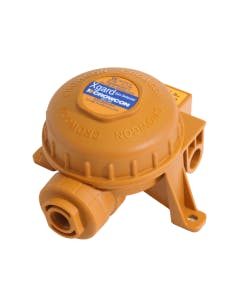Chlorine Solution


Ensuring safety in local leisure facilities is very much an overlooked subject. Many do not realise the gas hazards presents in some of these facilities, particularly swimming pools. When we were contacted by this customer, Frontline Safet were more than happy to help and aimed to provide the best solution for the customer at the most competitive price.
What Was the Hazard Needing Solved?
For more than 40 years, our customer has served the Midlands region as the go-to pool professional for design, construction, and upkeep. Our customer came to us with a problem and asked us to help commission and install a gas detection system in a utility closet of a swimming pool facility. The area will not constantly be manned, so a leak could go unnoticed with chlorine used to maintain pool hygiene. It is a toxic and corrosive gas that can irritate the human eyes and respiratory system.
Chlorine doesn’t burn but supports combustion, similar to oxygen. This warning system, via sounds and beacon, will alert any staff and pupils enough time to let them vacate the area before they experience discomfort from the excess chlorine. Improving staff safety and allowing peace of mind through compliance.
The Problem in More Detail
Chlorine was the primary hazard, and the working environment was a plant room in a swimming pool facility. The water drawn from the pool via the skimmers and the sumps passes through pumps and a monitoring system that measures the pH and chlorine levels. Suppose the preprogrammed pool monitoring system detects a too low or a too high chlorine level. In that case, it will trigger a dose of separately stored chlorine into the delivery side of the system to help maintain the desired level of sanitation.
With the chlorine being held in a tank, it is possible to develop a leak in itself and also for chlorine to be spilt when the tank is topped up. If a pool of chlorine forms via either of these incidents, the evaporation needs to be detected via a low-level sensor as contact with skin could cause burning pain and blisters.
Which Gas Detector Did You Use and Why That Model?
We used a combination of two Crowcon products - the Crowcon Xgard Type 1 with an Electrochemical Chlorine sensor range of 0-3ppm and the Crowcon Gasflag. We selected the Xgard due to its low range and accuracy in detecting this threat which becomes an issue as early as 0.5ppm over 15 mins. It also has a 4-20mA output for signalling the panel and an operating temperature of +50°C, ideal for the hot and humid swimming pool environment. This pairs perfectly with the Crowcon Gasflag, a single channel control panel with 4-20mA input. The relay outputs allow connection to a beacon and sounder and provide the desired solution. We aimed to provide a solution limiting costs, which is what we delivered.
Our solution allows the plant room to be monitored without putting personnel in danger by entering the hazardous area. Adding a beacon while utilising the loud audible alarm on the Crowcon Gasflag ensures workers will be aware of the presence of gas as early as possible.
Safety Solutions for Chlorine Detection
Our various suppliers have multiple solutions we can recommend for Chlorine detection. Whether you require a portable gas detector, a portable area detector or a fixed system, we can specify the perfect solution for you.




